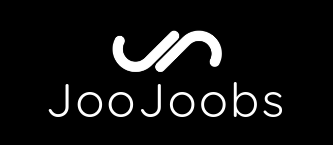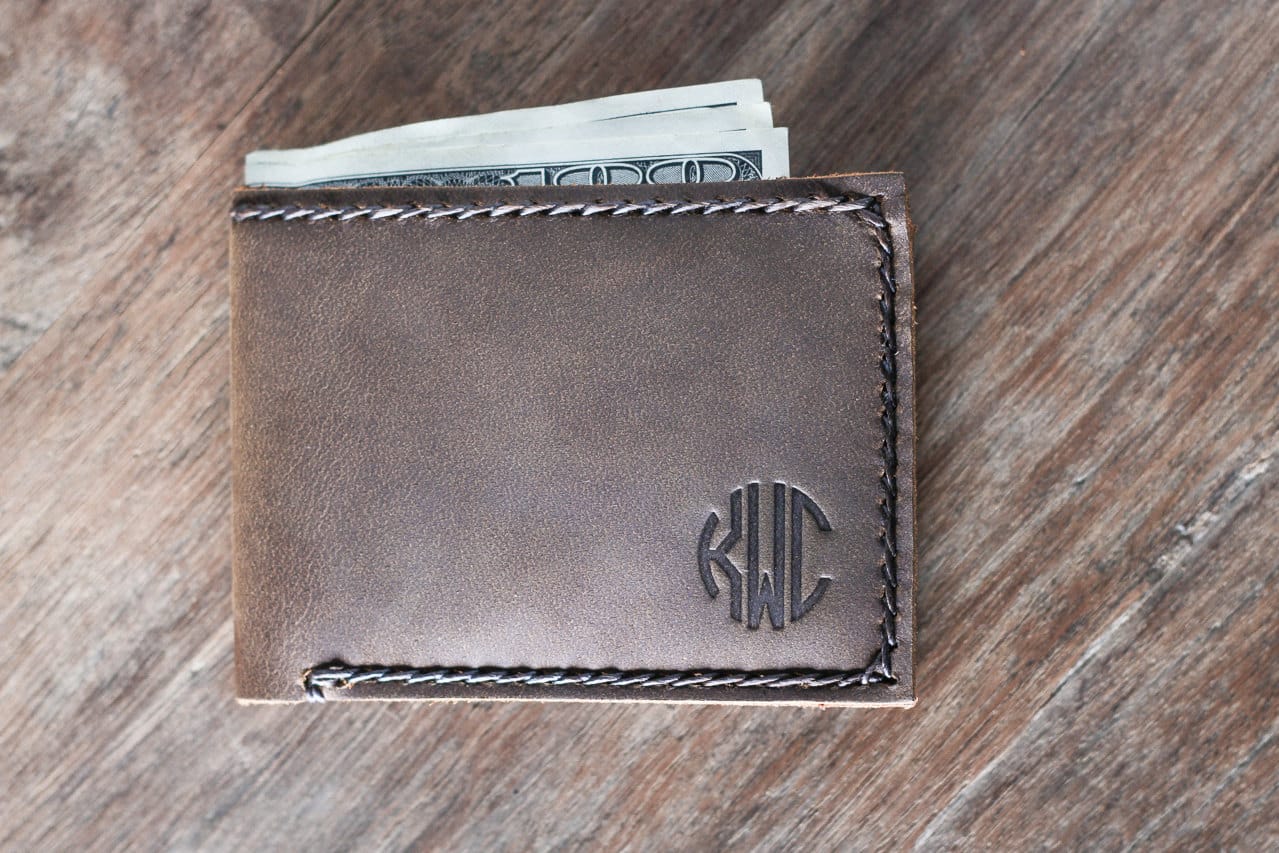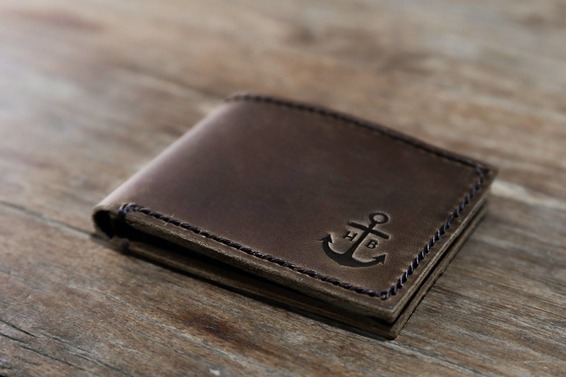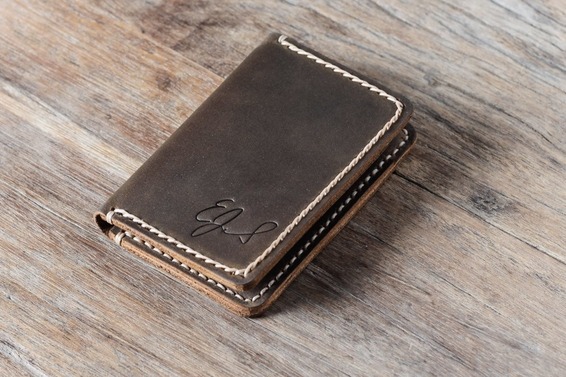Fact Check
What is a Family Crest?
A discussion of your family crest might conjure up the British royal family, the Crusades or even Monty Python.
It is less likely that your company logo, monogrammed keychain or state flag would spring to mind, but all of those have roots in the ancient practice of distinguishing battle heroes.
If you have not given much thought to your family crest, this is an excellent time to brush up on the colorful and complex institution of heraldry. Poets have called it the shorthand of history.
An Ancient Tradition
Long before knights and feudal lords began adorning their armor with identifying symbols and mottoes, foot soldiers in ancient Greece decorated their battle shields with personal insignia.
Designs ranged from simple letters of the alphabet to elaborate, colorful depictions of animals or mythological creatures.
The Romans adopted the same practice, but their shields identified only their military units or capacity of service. From around 900 A.D. to this day, Japan has used kamon to indicate ancestry and status.
The Japanese word, often shortened to mon, means “emblem” or “badge.” There are about 20,000 separate symbols from which to choose.
Families of ancient India, Africa, Israel and many other cultures also used insignia in one form or another.
The Beginnings of Heraldry
Knights covered from head to toe in heavy armor could hardly be identified and praised for their heroic exploits in battle.
This was frustrating for the royals, dignitaries and adoring fans who attended victory parades and tournaments.
It would be a little like trying to find out who scored the touchdown if NFL players did not have names or numbers sewn onto their jerseys. The brave, battle-scarred knights weren’t happy about their anonymity either.
Not only that, but unrecognizable combatants were just as likely to kill friends as foes.
Thus, the practice of granting each knight a personal coat of arms was born. A coat of arms had meaning.
It conveyed military might and honor.
Only the ruling monarch could bestow it, and it was unique to the individual who was entitled to it. Unauthorized use by anyone else was illegal.
First Heralds
The first heralds were messengers sent by monarchs and noblemen to issue proclamations and convey news.
Sometime in the 12th century, their roles were expanded to include management of the knights’ tournaments.
Heralds were responsible for organizing the events and delivering play-by-play commentary.
More importantly, though, they verified that each knight was who he said he was according to his coat of arms.
Heralds were a little like modern Olympics officials who scurry around with clipboards and make sure that athletes are properly registered.
Modern Day Heralds
Modern heralds throughout England, Wales and Northern Ireland are experts in coats of arms and regulate their use. They are called heralds of arms.
The College of Arms and Court of Chivalry regulate the use of arms according to civil law. Scotland has a similar office of jurisdiction.
In the early days of heraldry, most of the population was illiterate. Therefore, coats of arms symbols were simple, bold in color and easily understood.
You could compare their function and recognizability to the modern day no-smoking sign.
Coat of Arms
The first documented examples of coats of arms as we know them today are depicted on the 11th century Bayeux Embroidery.
The enormous cloth chronicles the events leading up to the Norman Conquest and subsequent Battle of Hastings.
Many of the combatants are depicted with shields bearing crosses. Coats of arms became common sights in battles and tournaments during the 12th and 13th centuries.
Ruling monarchies, particularly in Great Britain, were stingy with the honor and were real sticklers about legitimacy.
Since arms were used as seals on legal documents, their use was strictly regulated.
Just because your favorite uncle was a celebrated battle hero didn’t mean that you could use his coat of arms.
You could not show it as proof of age in the local tavern and expect to be served a cold tankard of mead.
Not until King Richard I’s crusade to the Holy Land were coats of arms made hereditary.
Fathers could pass down the emblems only to male heirs, but wives and daughters were allowed to bear the arms if modifications, such as a change in color, were made.
Other European rulers soon followed suit, but over most of the continent, the right of descendants to bear arms was strictly reserved for the aristocracy.
Rulers in Germanic countries were more generous and often granted coats of arms to ordinary free citizens who had distinguished themselves in some way.
What is a Family Crest?
Many people wrongly believe that a family crest and a coat of arms are the same thing. It is an understandable mistake.
Putting the two in the context of full heraldic achievement, also known as armorial achievement, is key to understanding the difference.
Full heraldic achievement is the entire design that most people outside the U.K. associate with a family crest.
The royal coat of arms of the U.K. is one example of heraldic achievement. Every element in the design contributes to the epic saga that is England’s history.
The diverse designs in heraldic achievements are all loosely based on a knight in armor. The shield, bearing its emblazoned coat of arms, is always the main focal point.
Key Elements of a Family Crest
These are the elements from top to bottom:
Crest
In tournaments and occasionally in battle, the knights wore elaborately carved sculptures on top of their helmets. Some examples of these sculpted crests are eagles, lions, swords and other symbols of power and stamina.
Mantle
The mantle winds around the back of the helmet and flows down on either side. It is usually the most ornate or floral element in the achievement. It is meant to represent the metal-lined cloth worn under the helm.
Helm
The protective helmets worn in battle were stylized according to military rank.
Crown
Crowns are only incorporated into the achievements of high-ranking nobles or members of a monarchy.
Shield
The shield is the heart of the design. It bears an individual’s coat of arms. If the arms are passed down in families, slight variations are made to indicate which particular family member is currently entitled to bear the arms. This explains the many different designs representing England throughout the centuries.


These minor distinctions, like a change of color or an additional symbol that represents the current bearer, are called marks of cadency.
Supporters
Supporters are the figures flanking the shield. They were originally added only for decoration, but today they signify authority or title. They might be people, animals, griffins or repeating fleur-de-lis patterns.
Motto
A motto or battle cry is usually inscribed on a banner or ribbon. This element may be drawn at the top or bottom of the design.
The crest, then, is merely one part of the full achievement. It did not originally have anything to do with one’s lineage.
In modern times, the full heraldic achievement has come to be known more simply as the family crest.
When heraldry ceased to be used on military armor and became more common in civilian life, designs got more fanciful, detailed and elaborate. They evolved into status symbols that alluded to one’s family history, wealth or profession.
The use of coats of arms eventually expanded to governmental bodies, flags, currency, businesses, universities and religious entities.
Modern Day Family Crests
Technology has made it easier than ever to access family archives, and renewed interest in genealogy has fueled fascination with family crests of old.
Indeed, family crest finders exist to help people locate them.
There is no harm in tracing your family crest, but be prepared for disappointment. It is extremely difficult to establish authenticity and bloodline.
Your last name may well be Stuart, but that is no guarantee that you are related to Mary, Queen of Scots.
That is why most people research their family crests for fun to see how far back they can trace their lineage.
Then, they design and draw their own family crests or work up rough sketches and hire professionals to execute them.
Make your Own Family Crest
Designing a personal crest is a wonderful way to explore your ancestors and your family’s unique history. The process creates a special bond between all who participate.
To decide on the colors, symbols or motto that will be displayed on your crest, make a list of family members and everything that you know about them.
Perhaps both your father and grandfather served in the Navy.
Maybe your mother is an accomplished artist. Do you and all of your siblings happen to work in medically related fields? That would be worth noting on a crest.
When you have narrowed it down to the most distinguishing features of your family, decide on the symbols and colors that will express them.
Modern family crest designs often incorporate personal monograms, themes from nature, tools of a certain trade, university logos, or state or national flags.
Once you have a general idea of the crest’s key elements and appearance, come up with a family motto. Your clan might be known for resilience, industry, honesty, faith, patriotism or even humor.


If you are not an artist, send your rough sketch along with notes on your preferences to a professional family crest maker. Yes, you may officially register your family crest if it is not already in use.
Logos and Monograms: Lingering Reminders of Heraldry
Are modern logos pared-down descendants of family crests?
They are simpler and more flexible for use in a variety of media, but they are still meant to distinguish a product or its maker from all the rest.
Just like medieval coats of arms, many of them are so readily identifiable that no accompanying text or brand name is necessary.
Some historians believe that early automobile makers, in adding hood ornaments or medallions to their products, borrowed heavily from the practice of painting coats of arms on the sides of horse-drawn carriages.
The Rolls Royce Flying Lady looks suspiciously like an image in heraldry.
Alfa Romeo's distinctive logo is an adaptation of the coat of arms of the House of Visconti.
As for monograms, around the same time that knights were emblazoning their shields with coats of arms, master artisans began marking their work. The permanent mark might be the craftsman’s family name or initials.
The monogram is possibly the most elegant and enduring form of making one’s mark.
Since only royals and the rich could read and write during the Middle Ages, monograms were seldom used by the peasant class.
Victorian aristocrats flaunted their monograms to remind people of their status in society. That is how monograms came to imply wealth or gentility, and they still invoke those associations today.
Monograms are so distinctive that historians often rely on them in research.
The works of Rembrandt, for example, can be authenticated and dated by his unique monogram.
Modern Day Monograms
Some things never change. All these centuries later, people still like making their mark. They like belonging and feeling secure in society.
They like knowing that they will be remembered and look forward to passing down their legacies to future generations.
Monogramming is one of the best ways to create something of personal, lasting value.
Even a minimalistic design, such as a circle bearing one’s last name or initials, can transform an ordinary leather wallet into a treasured heirloom.
A monogrammed keepsake, just like a family crest, is a timeless tribute to one’s individuality and honored place in the family.
If you are interested in adding your monogram or family crest onto a handmade leather wallet, keep reading for more details.
Unique Personalized Gifts (with Monogram or Family Crest)
Want to take your family crest or a more simpified monogram version and make it into a unique gift idea?
We have you covered:
One of JooJoobs specialities is personalizing handmade leather wallets with customer's initials, logos and even family crests.
Monogrammed Samples
Here are some samples that are a little more specialized: an anchor monogram and a personal signature.
Branding Limitations
If you want to add your family crest to the front of one our handmade leather wallets, there are a few limitations to keep in mind.
Branding initials and simple outlines is very easy and looks amazing on the leather.
Branding works best with images that are black and white outlines.
We can't brand colors and very fine detailing.
Contact Us
If you have any questions adding your family crest onto a wallet or other general inquires, please send us a message via our contact form.









